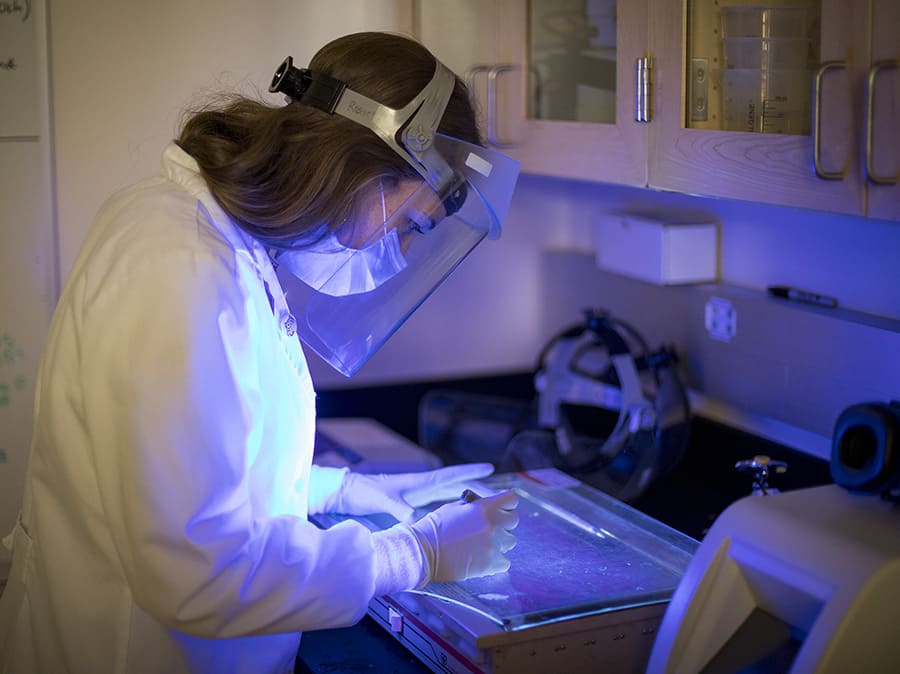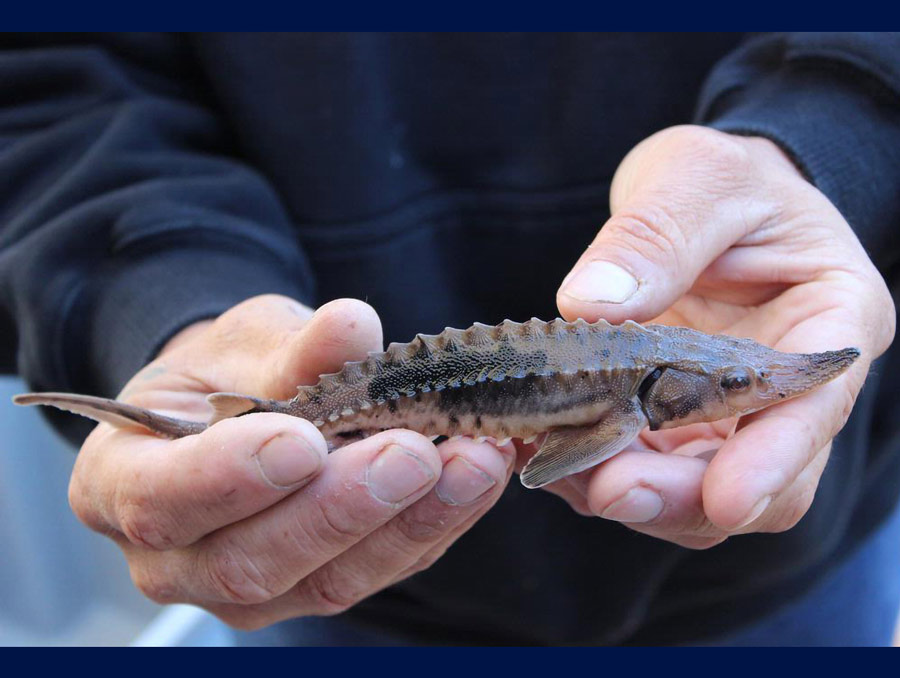Research to control and mitigate SARS-CoV-2 particles that linger on surfaces has shown that titanium oxide coated materials subjected to ultraviolent light can be highly effective in killing the virus, according to a study at the University of Nevada, Reno.
“Our work indicates that surfaces protected with a well-known photoresponsive oxide coating serve as effective deterrent to the proliferation of COVID-19 surrogates,” Ravi Subramanian, a chemical and material science engineering associate professor developing the new technology at the University, said. “We use a relatively common material called titanium dioxide (found in some toothpastes for example), but prepared in the form of nanotubes, along with UV light as the key agents to destroy the viral particles.”
A surface can be protected by applying the titanium oxide in several ways, and by illuminating the surfaces with a moderate source of UVC light. Studies were conducted with a closely related virus to SARS-CoV-2, as a surrogate of COVID-19, which was inactivated from the titanium oxide coated surfaces following a brief exposure of UVC light. Not only are the viral particles destroyed in a few seconds, they also found out that viral inactivation efficacy of these surfaces is retained even after multiple exposures, with similar results.
“Our approach has the potential to significantly and rapidly reduce viral particles from the surfaces and block any potential infection through contaminated surfaces,” Subhash Verma, associate professor of microbiology and immunology in the University’s School of Medicine and partner in the work, said. “The application has big potential for casinos, hospitals, restaurants – public places where surfaces are coated with it.”
Usable on multiple surfaces
The two researchers anticipate that the coating can be prepared over a wide range of common surfaces such as metals, plastics, wood and paper/cardboard, and also for applications for airborne particles, such as a device with a HEPA filter coated with the titanium where the particles would then be doused with the UVC light within the device, which would contact the air with activated particles and light. All of the possibilities are within the domain of their designs. The coating or metal could be modified to increase efficiency.
“As COVID comes under control, these coatings can be effective in disinfecting a cocktail of viruses, a one-stop shop where a variety of viruses could be eliminated,” Verma said.
They envision a whole range of possibilities for products and services for the technology they are producing: an active formulation for a smart paint coating developed with a paint company, the coating “grown” in metal for equipment manufacturers such as meat plants; on a surface of sheet metals in hospitals, a device like an auto exhaust catalytic converter and the HEPA filter which combines light plus the coatings. They will also test the sprayability of the technology.
“We’re working on diffused light too, maybe not as potent – not full power for some applications, so will optimize the level for perfect conditions,” Verma said. “UVC is not as effective without the titanium oxide, with the coating it’s faster, and faster than a robot with UVC light.”
The approach has been demonstrated in a laboratory setting with the COVID-19 surrogates which are nearly identical to SARS-CoV-2. Preliminary results in their paper, “Inactivation of Human Coronavirus by Titania Nanoparticle Coatings and UVC Radiation: Throwing Light on SARS-CoV-2,” are published in the MDPI scientific journal Viruses.
“The collaboration with the Med School is an example of how when we come together we find solutions with world-changing research and impact,” Manos Maragakis, dean of the College of Engineering, said. “This is timely now with a variety of potential applications, and for possibilities in the future.”
Patent application
The full range of possibilities is included in a patent application that has been filed by the University’s Enterprise and Innovation Office.
“We feel that this innovation is quite exciting and that it has significant commercial potential,” Ellen Purpus, assistant vice-president for Enterprise & Innovation at the University, said. “Enterprise & Innovation has already begun the marketing process to seek a commercial partner that can develop and sell the products that can come from Drs. Verma’s and Subramanian’s research.”
The team is enthusiastic to find commercial partners to help develop the technology, and is excited for the next steps.
“Our next immediate goal is to prove this with SARS-CoV-2 viral particles,” Verma said. “We’ll use SARS-CoV-2 virus prepared in our BSL-3 (high-level biosafety) laboratory and applying them onto the titanium oxide coated surfaces under appropriate biocontainment laboratory conditions. There is interest in our approach, and at least one local hospital is willing to work with us to test this in a potential real environment.”
















